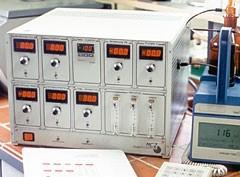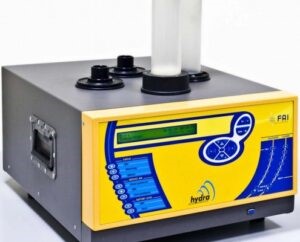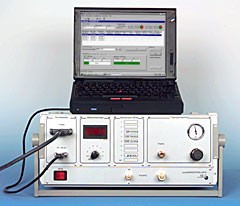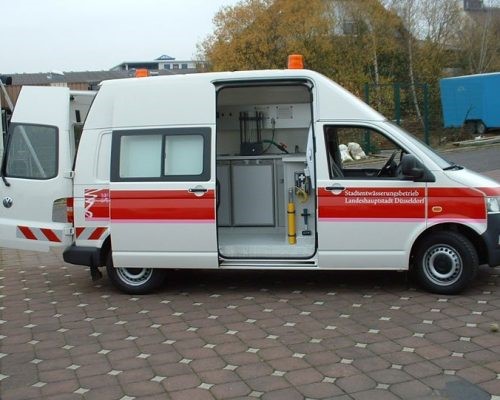TRAINING

The Science of Air Pollution
Course Description:
This course is designed to present an introductory view of all major, practical aspects of air pollution. The course will review the history of air pollution and legislative actions that have developed the air quality management program. The course will review air pollution sources, classification of air pollutants, atmospheric transport, effects of pollution on human health, how meteorological and geographic factors affect pollution. Finally, the course will review air pollution science and air quality standards.

Meteorology For Air Quality
Course Description:
This course is designed to present basic meteorology, meteorological effects on air pollution, meteorological instrumentation, air quality modeling, and regulatory programs requiring knowledge of meteorology. Specifically, this course focuses on the meteorological aspects that affect air pollution transport and dispersion in the ambient atmosphere.

Introduction To Emission Inventories
Course Description:
One topic currently experiencing a high demand for training is the preparation of emission inventories. Many government agencies and private organizations conduct training in the preparation of emission inventories. This training can cover a number of topics, including the calculation and compilation of point, stationary nonpoint, and mobile source emission estimates and data quality checking. Case studies are used to provide real-world examples of how state or local agencies can collect data to prepare inventories that are an improvement to the EI methods.

Ambient Air Monitoring
Course Description:
This course introduces the terms used in ambient air monitoring and presents practical information about the monitoring process. Theoretical monitoring concepts are also described. The goal of this course is to provide general information about the reference methods, continuous air quality monitors, monitoring network design and statistical techniques pertaining to ambient air monitoring. The course will review information on basic gas properties, PM sampling, manual sampling of ambient gaseous pollutants and calibration of monitors.

Analytical Methods for Air Quality
Course Description:
This course is designed for chemists and technicians responsible for the sampling and analysis of ambient air. This laboratory course emphasizes the reference and equivalent methods for air quality standards, including Sulphur Dioxide (SO2), Nitrogen Dioxide (NO2), Ozone (O3), and Carbon Monoxide (CO), metals, ions, Carbon, BTX and PAHs. Quality assurance programs are also introduced. Laboratory procedures and principles include the nondispersive infrared method for CO; the coulometric, flame photometric, and UV fluorescent methods for sulphur compounds; the chemiluminescent method and UV calibrations procedure for O3; and the chemiluminescent method for NO2.

Air Pollution Dispersion Models
Course Description:
Participants will become familiar with selected theories of dispersion as employed in current regulatory modeling practices. Participants will be able to apply a number of models for point, area, and line sources. They will have use of personal computers to complete examples, exercises, and assignments.

Receptor Modelling and Source Apportionment
Course Description:
Receptor models are a group of measurement-based air quality models for identifying the concentration of specific source categories at air measurement (receptor) sites. Participants successfully completing this course will learn the major components and criteria for a successful Chemical Mass Balance (CMB) study, methods for ambient sampling and analysis, the requirements for source profiles, and principles of receptor modeling evaluation and validation. Participants will be able to apply EPA’s CMB software program to appropriate particle and gas monitoring databases.





